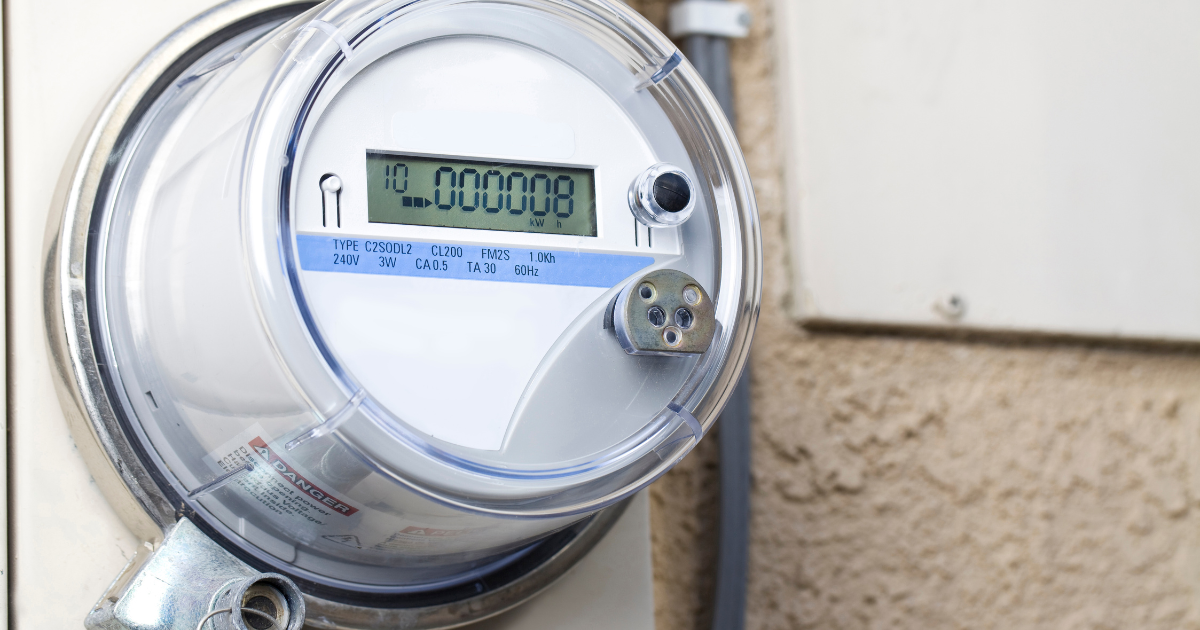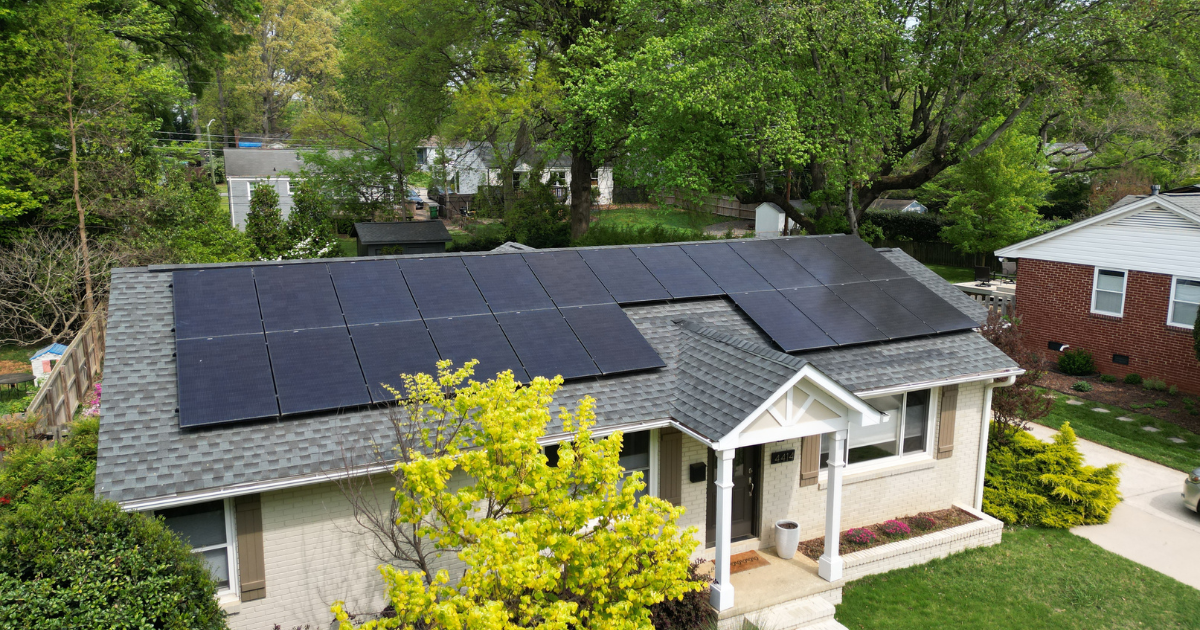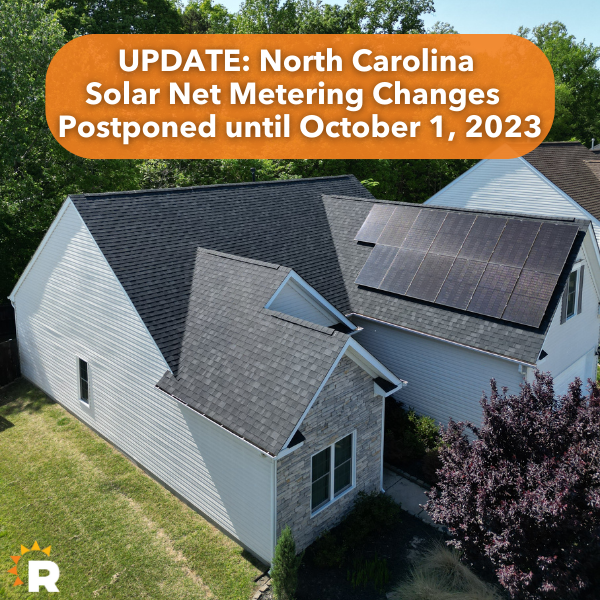Net Metering Currently
On March 23, 2023, Duke Energy North Carolina approved some changes to their solar net metering policy. As of now, net metering is the energy credit policy Duke Energy North Carolina has in place for solar customers who produce excess energy. Excess energy is measured in credits, and the rate for these credits are 1:1. Each credit sent to the utility grid from the solar system can be used for later when the solar system isn’t producing as much during inclement weather.
Net Metering allows solar customers to get the most out of their system. Some customers choose to go solar for sustainable purposes while others focus on lowering their energy costs as much as possible. Having the net metering policy ensures that a customer’s produced energy will be used at some point whether that be when it’s needed or stored for later.

Changes To Net Metering
Part of Duke Energy North Carolina’s net metering policy change will begin October 1, 2023 by adding a variety of fees for customers who buy solar after this date. Along with fees, the net metering system will be modified to include a time-of-use rate plan with a new billing system. We don’t have all the details of these modifications and additions yet, but what we do know is how these net metering changes will affect existing and future solar energy customers.
Existing Customers
Customers who have already made the switch to solar energy won’t see any of the net metering changes until January 2027. Once 2027 comes around, a modified net metering rate called a bridge rate will be implemented for existing customers. The duration of a customer’s time with the bridge rate is calculated by subtracting the year 2027 by the year their system’s interconnection was submitted. After that step, subtract 15 minus the number of years between the interconnection date and 2027. That difference will be the duration a customer is on the bridge rate. For example, a customer with an interconnection date of 2015 will be on the bridge rate for three years.
15 Years – (2027-2015) = Years of Bridge Rate
15 Years – 12 Years = Years of Bridge Rate
3 = Years of Bridge Rate
Customers who are investing in solar energy before October 1, 2023 need to apply for an interconnection with Duke Energy North Carolina to be included in the legacy net metering program that is currently in place. After January 1, 2027, these customers will be on a modified rate for 12 years prior to switching to time of use. Customers should note that credits that are currently rolling over into the existing net metering policy will not roll over to the bridge rider or time of use rider. The credits will be used at the avoided cost rate and applied to the bill, which is no less than the minimum bill for the bridge rider or time of use rider.

Future Customers
Customers who invest in solar after October 1, 2023 will be faced with a new set of fees and the choice between a modified net metering rate or the time of use rate. Choosing between net metering and time of use rate will depend on the customer’s appliance usage and the kind of system the customer has.
Last Chance
Now is the best time to go solar to take full advantage of the 1:1 net metering policy. Not only do the 1:1 credits let customers use their energy to the fullest, but they will have more options down the road once modified net metering policies and time of use are put into place. Interested in solar or know anyone who is? Learn more about solar for your home by clicking the link here to get a pressure-free consultation.
To read more about net metering changes coming to North Carolina, visit the North Carolina Utilities Commission Page by clicking here.

